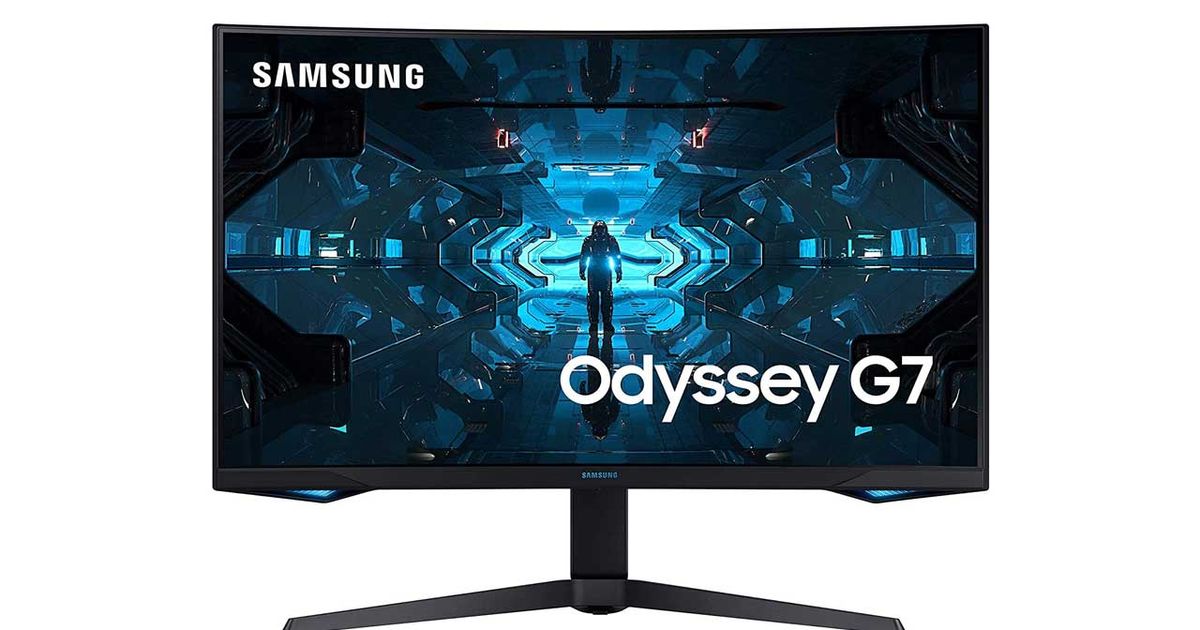So what is HDR? HDR is one of those features that we all 'sort of' know what it is, but thanks to a ton of different variations it's become easy to glaze past in favour of the easier to understand refresh rates or response times in the spec sheet.
HDR features in a number of different displays, including gaming monitors, where it can make a big difference to your gaming experience.
But just how big are we talking? Should you go out of your way to get a monitor with HDR, or can you give it a miss?
Table of Contents
Here's everything you need to know so you can make an informed decision.
What Is HDR?
HDR stands for High Dynamic Range and concerns itself with the monitor's contrast ratio.
The contrast ratio is basically an indicator of how high the contrast of a monitor is, so...how bright and how dark it can get.
But where does HDR come in?
HDR displays enhance the monitor's contrast ratio, which means that the whites of the display will be very bright and clear, while the blacks will be incredibly deep and life-like.
So having an HDR display can make a world of difference when making games come alive and adds a whole new level of detail and immersion to the experience.
Different Types of HDR
To slightly muddy the waters, there are different types of HDR and different certifications displays can get. Here are a few of the most common versions out there with brief explainers as to what they actually mean.
What Is HDR 10?
HDR10 is a standard that is used by most of the monitor brands out there today. Think of it as a 'certified' type of label that can only be achieved if it meets the requirements.
The requirements are quite technical, but in essence, HDR 10 is a stamp of approval that the monitor is up to the task with HDR content and can display it as it's meant to be.
What Is DisplayHDR?
This standard is created by VESA, and it's something that all new HDR monitors have to meet to call themselves such.
There are three different standards that you'll likely come across when hunting for a new gaming monitor, and a simple way of looking at it is the higher the number, the brighter it is.
DisplayHDR 400 is very common with monitors on the market right now. It has to meet at least 400cd/m² peak brightness and 95% coverage of BT.709 colour space. Most monitors with DisplayHDR 400 will look pretty impressive!
DisplayHDR 600 is the next level and has to meet a whopping 600cd/m² peak brightness, alongside a higher percentage (99% in the case) coverage of the BT.709 colour space. It also has to have at least 90% coverage of the more familiar DCI-P3 colour space.
DisplayHDR 1,000 is a bit of a powerhouse in the HDR scene. It has to have at least 1,000cd/m² peak brightness and the same colour coverage as DisplayHDR 600.
DisplayHDR True Black is another stamp of approval that means that the display can show more variation between the blacks on screen.
Do You Need An HDR Monitor?
It's worth noting that not all games have HDR, and many titles don't necessarily need it either for you to enjoy them.
But if you're someone who is a big fan of ultra-realistic graphics and immersive, cinematic gaming, HDR is a must-have with your gaming monitor and one we'd highly recommend going for.
Check out some of our top gaming monitor picks to get started on your search!
Read More: What Is G-Sync And Do You Need It?





